In this first part we will share eleven of the 22 errors indicated in this list for this kind of infrastructure.
by Eng. Germán Alexis Cortés H.*
A technology integration company called me in the middle of the Covid19 quarantine, to help him solve an uncomfortable situation he had with a client: they did not pay him the balance of the purchased project, because in his opinion, it had made him incur significant cost overruns, for not having planned properly.
It is not the first time that this happens and really refuting the arguments often becomes a long and tedious conflict, which in the end wears out the business relationship so much that the ideal is not achieved: to have the customer satisfied so that the commercial process is repeated many times.
On this occasion I realized that indeed the Integrator had failed from the moment he started the sales relationship (he told him that he could start the installation the next day). His mistakes (probably unintentional) caused serious problems in the project and I must admit that the owner of the project was absolutely right. It had cost overruns that were attributed to the Integrator, simply due to lack of planning.
This situation that has probably happened to you, could have been avoided if we gave the necessary importance to what we call the "Communications Infrastructure" for a High Technology system. Many may know the generality, but in the minutia and details is where we find the true professionals and experts, who carry out successful and profitable projects.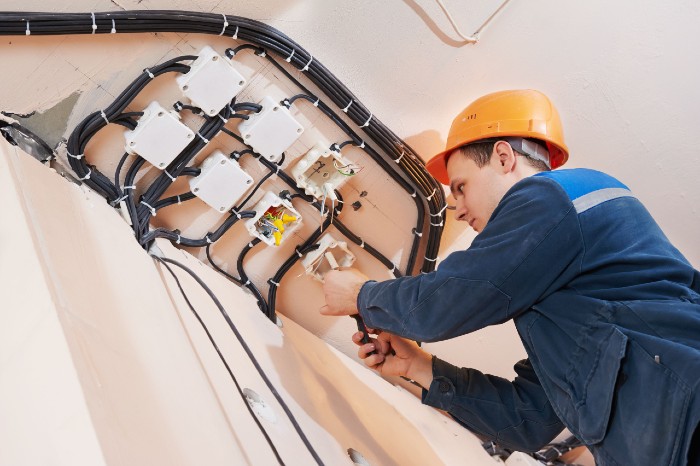
To anticipate the conclusion, I must tell you that sometimes this infrastructure is much more important than the same equipment, the technology used or the latest generation software.
Let's define what infrastructure is and look at some major flaws, which I've tried to clear up so they don't happen to you.
Concept
The word infrastructure comes from the Latin infra ("underneath") and structus ("built"). This term is used to refer to a structure that, although sometimes not seen, supports another, acting as its base.
The communications infrastructure is the set of technical means that allow the correct installation and operation of electronic systems throughout their useful life. They are the spaces, ducts and basic elements so that the different subsystems of security, communications, audio / video and control, can have an efficient operation and really serve the owner of the site.
Main errors
Those of us who work in technology give excessive importance to electronic equipment, software; But we forget the cables, tubes, trays, supports, accessories and the spaces necessary for all this to operate satisfactorily. We forget maintenance and upgrade activities. We do not know rules, good practices and finally that is where the success of a system lies or numerous drawbacks that make a system unprofitable and demotivating.
We falsely believe that the entire infrastructure is only a small percentage of the cost of the "true" technology and then only at the time of civil works and installation, we think about those details that can generate cost overruns, increased time, decrease in quality and total demotivation of the project owner, as happened to the company that hired me.
1. Not planning
The main mistake we make is the same as always: DO NOT PLAN. For example, not designing the entire detailed solution in advance. We falsely believe that since the "important" thing is the hardware and software, with a quote of what each company sells is enough.

I know economic proposals where it is indicated that the price of cables and conduits is 10% of the total project. And that's where the mistakes, the improvisations and perhaps the losses begin.
And we all know that an important deficiency in our guild is that a large percentage of the commercial force is not professional; Let's recognize that many times he comes to that job not because of merit, but because he did not get a job in what he wanted. Therefore, they know little about technical planning, project management, methodology to analyze the feasibility of a project. Then, in an effort to close a sale, they commit the company to numerous errors -which are invisible-, in the absence of planning.
2. Not defining spaces in advance
It is a shared fault between the project architect and the designer engineer. It is required in new projects to negotiate with the Architect spacious, generous and sufficient spaces for the networks that we are going to install. Taking into account EIA/TIA standards and recommendations such as BICSI or local. It almost always requires a larger space than you think, and that is 10 times larger than the one the architect considers. This is vital to be able to develop communications networks over time in an orderly and secure manner.
Some architects are used to telephone networks and think that a 1/2" inch tube is enough. You have to show them real photos of control rooms, interconnection rooms and connections, trays of the large amount of space that is required. My suggestion is to teach in the most didactic way possible, showing real cases. When architecture is understood, they become a very special ally and the projects flow in a special way.
In projects already built, defining in advance the agreement with architecture is even more important, because it almost always involves civil works to readapt and change the use of some areas. This implies arranging with the owners the best option not only for the interconnection and control rooms, but also the vertical ducts between floors and horizontal ducts above false ceiling. Many times you have to work at night and on weekends, because the impact of the civil works is strong in case the site continues to operate.
3. Not placing the right cable trays
For price and ease of installation, many prefer open mesh pipes, which are sometimes installed in sight. But these cable trays are better suited for an environment such as a data center, controlled, secure and spacious.
In real life, most of these types of elements go above the false sky, sharing space with electrical, hydraulic and air conditioning elements, therefore, they get dirtier than normal, make the cables dirty, do not protect the conductors against electromagnetic or radio frequency interference, do not protect drivers from "restless hands" that end up moving everything.
The correct trays are ducts closed above and below, with click type cover or similar that does not damage the cables (avoid at all costs screws for the covers), which for a slightly higher cost (but little significant respect to the entire project) solve the aforementioned.
4. Not sizing ducts and tubes correctly
Many work problems consist of the pipes or pipes being overused, filling themselves with more (the standard recommends using only 40% of their capacity, leaving 60% free), because there was no adequate count of conductors and because the real diameter of each conductor is not taken into account, everything is done approximately (as a friend says: on scale "1 to the eye") and that approximation fails in many cases. In the same way, the sums of all the tubes that the cable tray collects are not made. Sometimes I see extremes that do not meet the standard by excess or sometimes others where a 30cm wide tray is used to carry 2 UTP cables. In both cases it is not desirable.
5. Misinterpreting some rules
For example, believing that the 60% that a pipeline is left free is for expansions. It's not. That space that is left free is to be able to remove a driver without major problem in case of maintenance. When the duct is filled with conductors, it will be necessary to remove them all in order to remove a damaged one, then sometimes it is easier and cheaper to place a new additional duct.
So if you are planning a facility and want to leave some room for possible future expansions, you will need to have this within your calculations and use less than 40% allowed maximum capacity.
6. Do not do calculations
Another common mistake is not doing voltage attenuation calculations. As nowadays power is used a lot through the same wiring under 802.11acx protocol (what we call PoE), then we forget the laws of electricity. Ohm's law is vital to choose the right conductor gauge when we are transmitting either alternating or direct electrical energy.
In this case, strict adherence to NFPA70 electrical standards is critical. So sometimes we believe that a type A cable should be used, when the one required was another and that can be of a different diameter, which causes errors in the diameter of the pipe and the tray.
There are other calculations that must be made, but that correspond to other situations of specifications that do not alter the infrastructure.
7. Omnipotent UTP
A mistake that has been occurring in recent decades is to believe that there are no conductors other than UTP cable for Voice and Data use. This type of cable, while inexpensive and performs well for data transmission, is not suitable for other applications. So I've seen in projects built entirely on UTP cable and obviously for sound, dry contacts, DC power and even some data applications, it's not recommended.
Each equipment manufacturer recommends the use of a type of cable with which it guarantees the expected operation. If you use another type of cable, your installation will be more likely to fail.
8. Lack of knowledge
Sometimes, in addition to faults 6 and 7, I have seen that there is no detailed and exact knowledge of some subsystems. For example, when installing a Fire Detection system, and the conductors for power of strobbers, speakers, emergency telephones and the audio signal are not taken into account, in addition to the internal data signal in the loop of the circuit that is used. Then many times a 3/4" duct is placed that allows the loop cable and the rest of the conductors must pass through there. Result: the standard is broken and many times that duct must be removed and replaced with a much larger one, sometimes greater than 1 1/4 "and then the passage boxes that join must also be changed.
This was one of the drawbacks that the company of the first paragraph argued, but not only because of the change and waste of material (which the integrator assumed), but also because of the time, labor and alteration to other contractors.
9. Not knowing or complying with regulations
Little by little the technology guild in Latin America has understood that things are not done as they believe or want, but as they should be. And almost everything is already invented, therefore, there are regulations in force in other countries or recommendations of good practices that over time become more important than the same standards. The problem is that few of them are mandatory in our Latin nations.
I have taught courses in regulations to countless engineers who are amazed to know everything that is already written and that corresponds exactly to their daily routine, without them having any idea that it existed. They only give themselves the importance, when they find a commission or audit report that mentions the breach of that rule. It is very important to know norms and standards at European or North American level, but much more importantly, interpret them well and comply fully with them in the facilities we do.
I know that, due to our Latin idiosyncrasy, it is very difficult for us to do things as they are. But I appeal to your good judgment and sense of professional ethics. In case there is no supervision and commissioning service, it is important to be self-demanding to improve step by step the quality of our facilities.
10. Rack vs. Wall Cabinet Equipment
In the interconnection rooms or in the main control center itself, it is necessary to organize the largest amount of equipment, sometimes to be located in racks 19" wide, other times to be located on horizontal or vertical surfaces.
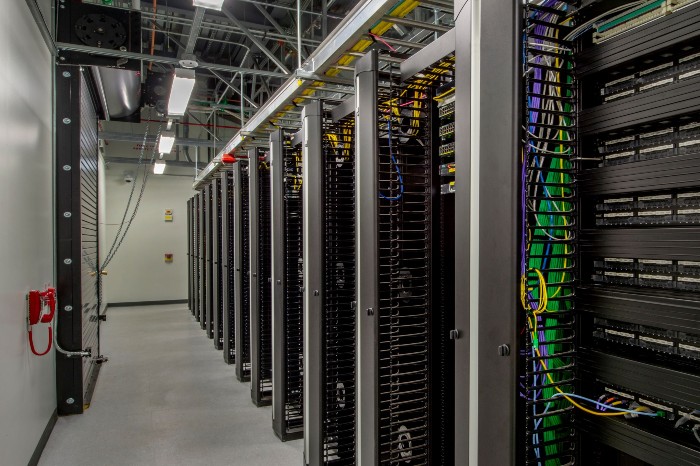
In detailed designs, which must be made BEFORE starting an installation, there must be plant charts with the location of equipment and elevation or cut charts with the location detail of each equipment on wall or rack.
This allows to know the type of rack (height, expressed in U rack units), depth in case of servers or very basic equipment and the internal characteristics of the cabinet that protects the rack, such as cable organizers, multi-socket strips, fans, doors, removable sides, leveling legs, conductor connection holes, security, among many other details.
It also allows to know clearly the free space that is left for a possible expansion or flexibility of the system and obviously indicates the number of cabinets with rack necessary in that interconnection space.
It is useless to imagine that 2 cabinets of 42U are required, when in the end 3 were required. EIA/TIA standards are clear and flexible, supporting the generosity of spaces.
When the equipment does not come for rack installation, but for ceiling, wall or floor, the exact manufacturer's guidance must be followed. Don't try to be creative and resourceful in situations where heat or discomfort leads to greater problems. If using the walls of an interconnect room or control room, remember to check where electrical or hydraulic networks are passing and stay away from them. And remember that the doors of all equipment must be able to open easily without disturbing the others.
It must be remembered that all equipment requires preventive and corrective maintenance and therefore it is our duty to leave the spaces to open, measure, change or adjust all the technology acquired. And although it seems obvious, I must remember that it is humans who do these jobs, therefore, the minimum necessary spaces must be left around each equipment, allowing to open the doors of floor or wall cabinets and that the human must be able to stand and remain comfortably and comfortably in that work that lasts longer than thought, often.
11. Space in the control room
The main space of an electronic system is usually the control room. Many times it is the only thing that the end user sees, without realizing all the necessary infrastructure for everything to work as expected, therefore, we must pay special attention to its location and necessary internal and external conditions. In other Security Sales articles we have previously talked about what is necessary within the control room, so if you want more detail I invite you to look for past editions and you can learn a little more about it.
I just want to remember two things: Location and area. The first is that it must be as close as possible to the most central three-dimensional point of the entire building, with the exception that it should not be on a floor higher than 4, due to fire regulations. That implies that the basement is not the best place for the control room. It is wet, unsafe, very exposed, dirty and almost always located at one end of the building, which forces very long cables and very short ones, generating synchronism and latency problems that can cause problems.
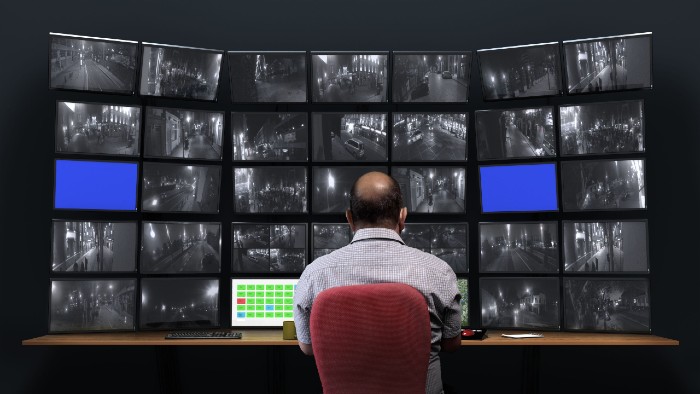
About the area, I remind you that there is no rule that tells us which is the appropriate area, but I must inform you that this depends on the services that the control room will provide to the rest of the building. So the more operators we need, the more area we must have, the more subsystems we involve, the more area we must contemplate.
I also remind you that the control room must be safe in every way, spacious, comfortable, productive, must include services for the humans who operate it such as bathrooms, mini kitchen, lockers, filing cabinets, office of the boss or supervisor, entrance locks, space for operators and space for equipment, space for other systems such as air conditioning, UPS, Battery banks and spare parts file first hand, adequate lighting in equipment area, operator areas and in the rest, among many other aspects, therefore it does not fit in a single space under the stairs or the trolley ramp.
The standard speaks of between 400 and 1000 square feet for medium facilities and at least 1500 square feet for large installations. But this is only a reference, many times these areas are exceeded. For small installations the control room depends on the site where it is located, but in any case it cannot be less than 120 square feet.
The invitation is then to read again the error 1 and 2, at the beginning of this article where it is imperative to agree on the architectural spaces before anything else.
Note: Soon we will share the eleven final errors related to the infrastructure for electronic networks.
* Eng. Germán Alexis Cortés H.
[email protected] - [email protected]


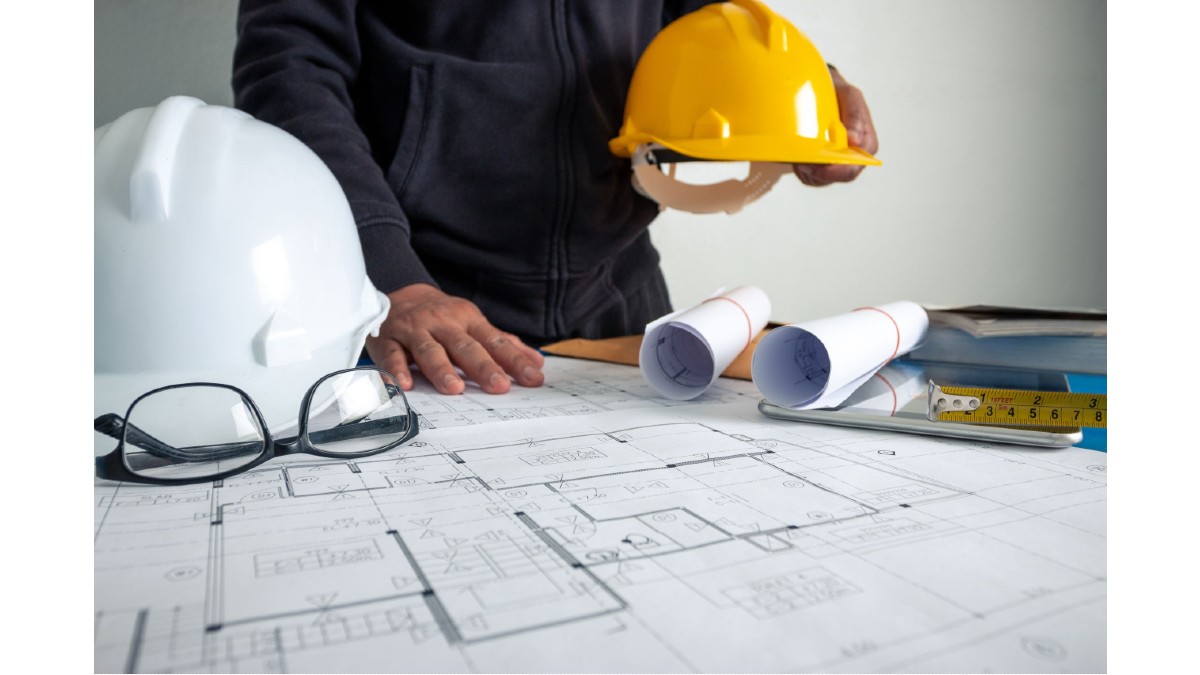










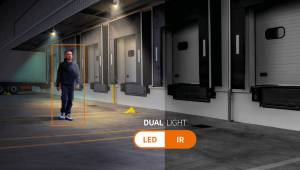



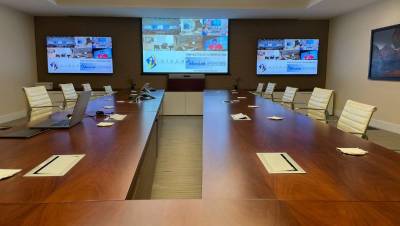








Leave your comment